Hantek CC-65 Current Clamp
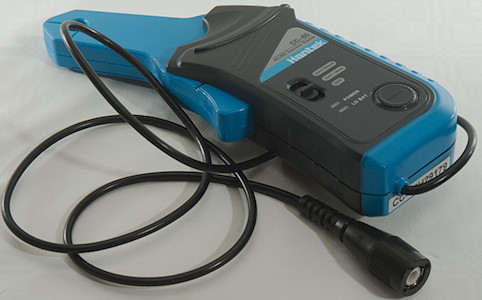
This is a high sensitivity current clamp with a BNC connector for use with both multimeters and oscilloscopes.
Specifications:
- DC current (low range): 1.5%+5mA 10mA to 20A
- DC current (high range): 2%+20mA 100mA to 40A
- DC current (high range): 4%+300mA 40mA to 65A
- AC current (low range): 2%+30mA 100mA to 10A 40Hz ~ 2kHz
- AC current (low range): 4%+30mA 100mA to 10A 2kHz ~ 10kHz
- AC current (low range): 6%+30mA 100mA to 10A 10kHz ~ 20kHz
- AC current (high range): 2%+30mA 100mA to 40A 40Hz ~ 1kHz
- AC current (high range): 4%+30mA 100mA to 40A 1kHz ~ 2kHz
- AC current (high range): 6%+30mA 100mA to 40A 3kHz ~ 5kHz
- AC current (high range): 8%+300mA 40A to 65A 40Hz ~ 20kHz
- Load resistance 10kOhm typical.
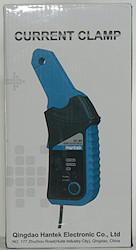

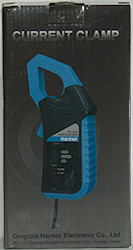

The clamp arrived in a cardboard box, it is the model that handles the lowest currents in this series.
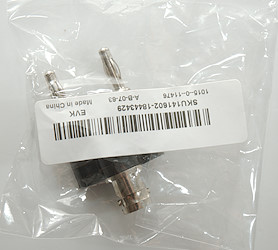
I did also order a BNC to banana plug adapter, this means it will fit in any multimeter with standard spacing on the input terminals.

The box contained the clamp and a instruction sheet.
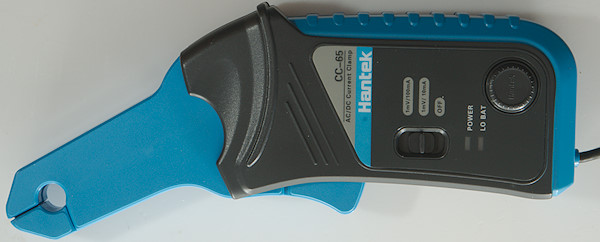
The clamp has a single switch for off-on low range-on high range and a button to zero the output.
There is also two indicators, one for on and one for low battery.


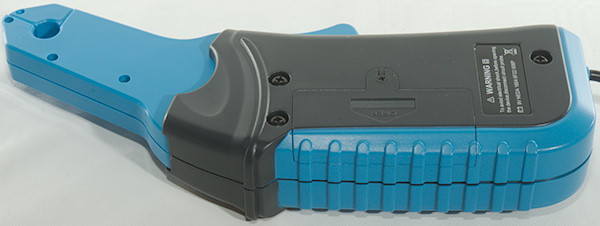

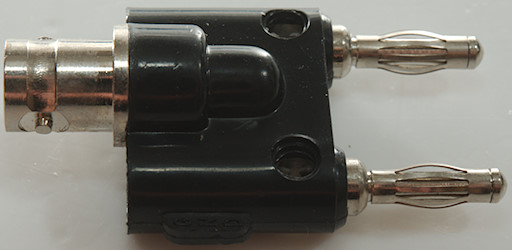
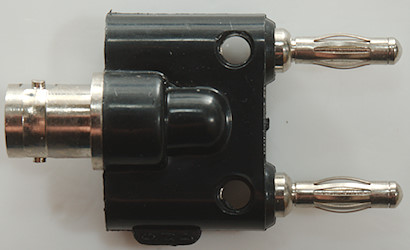
The BNC to banana adapter, the side with a small wing (Bottom in photo) is the shield or minus side.


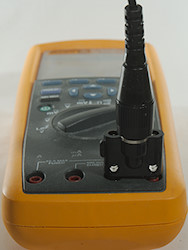
Using the clamp with a multimeter.

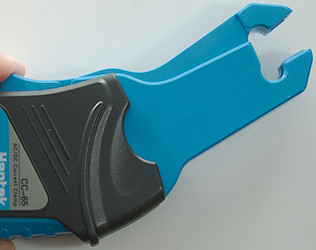
Measurements
- Power consumption is 10mA in both low and high range.
- Low battery turns on at 6.8V, this gives an estimated runtime of 50 hours.
- 1V output can be maintained down to 6V battery voltage in both low and high range.
When using clamps to measure DC current the DC offset and drift is often a problem, especially at low currents.
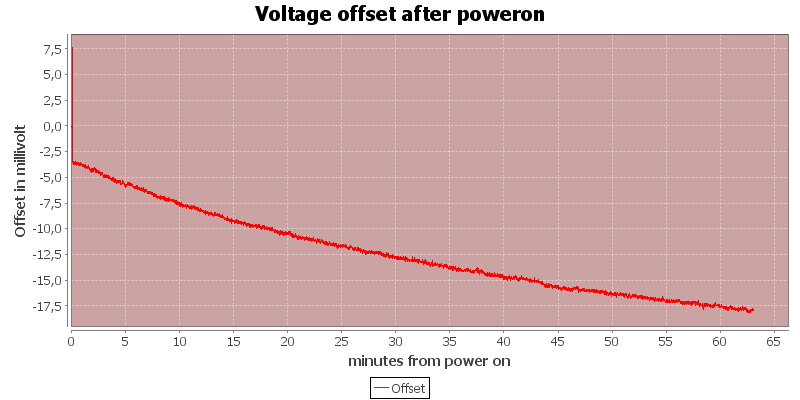
This is for the low range where 1mV=10mA current, i.e. during the first hour the reading change about 150mA.
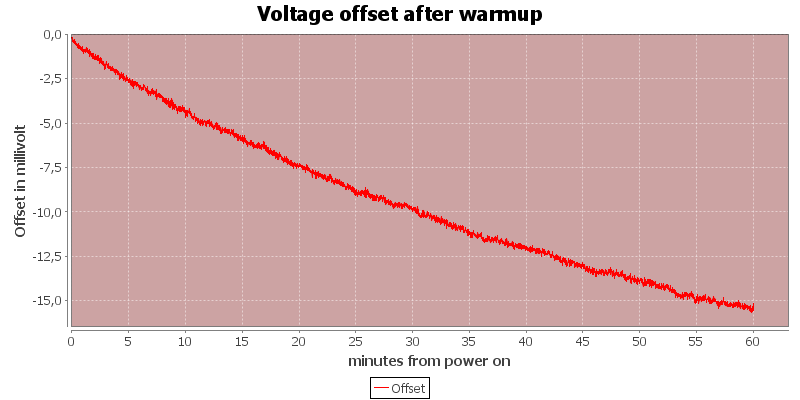
After the first test I used the zero button and tried again for one hour, again the reading changed about 150mA.
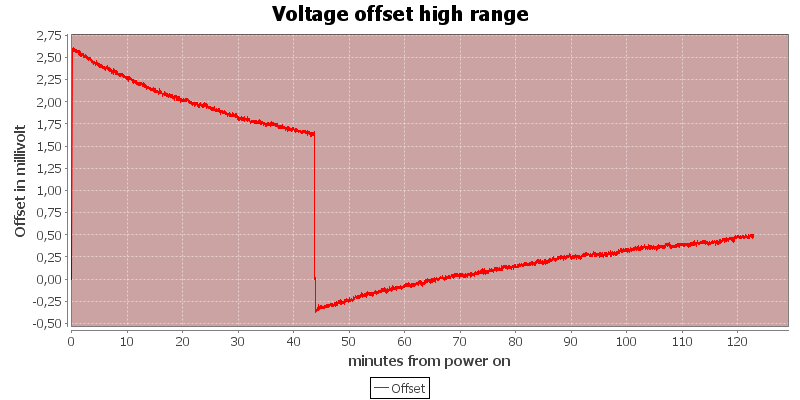
For high range 1mV=100mA, here I combined the above two tests and pressed the zero button after about 45 minutes.
During the 80 minutes after pressing the zero button the reading changed 80mA, i.e. better than the low range.
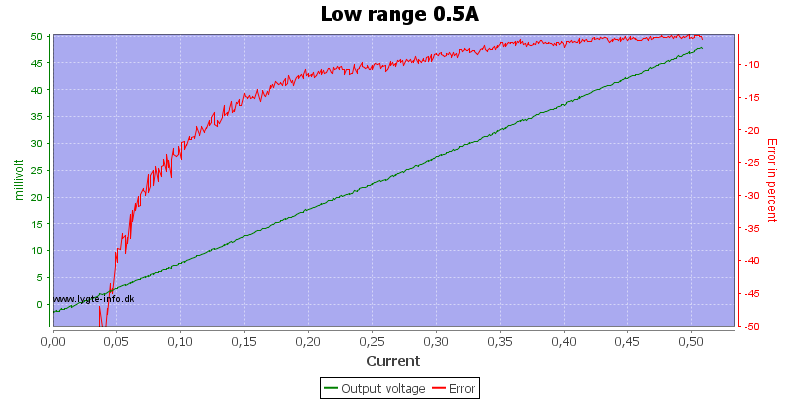
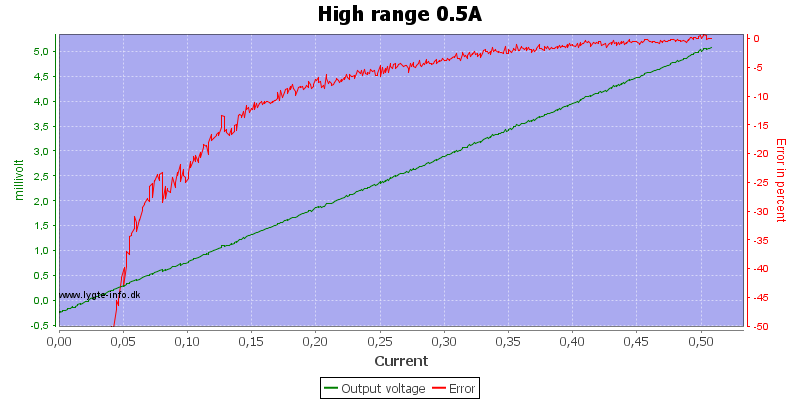
Error while measuring low current, the high range looks best. Some of the error can be eliminated be using zero just before doing a short measurement.
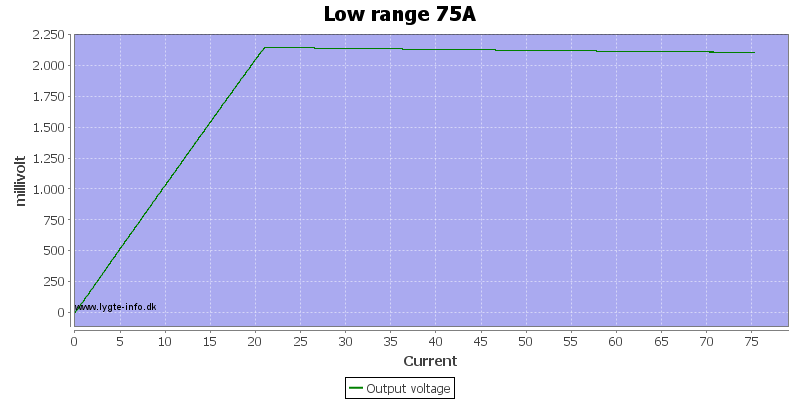
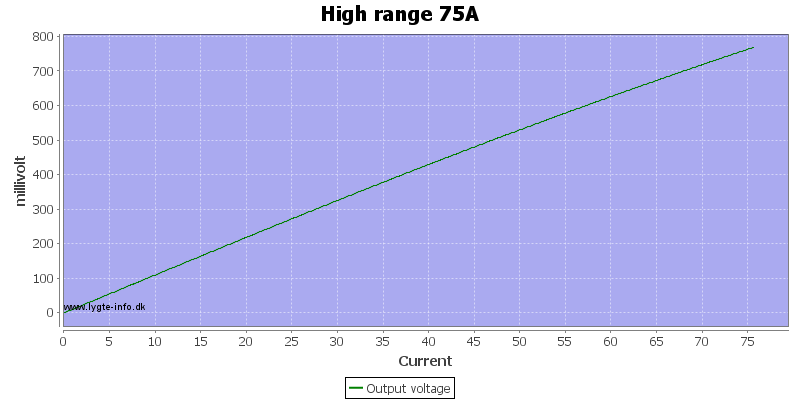
Using a coil to multiply the current I can check at much higher current ranges. The low range cannot work higher than about 20A, the high range goes above 75A.
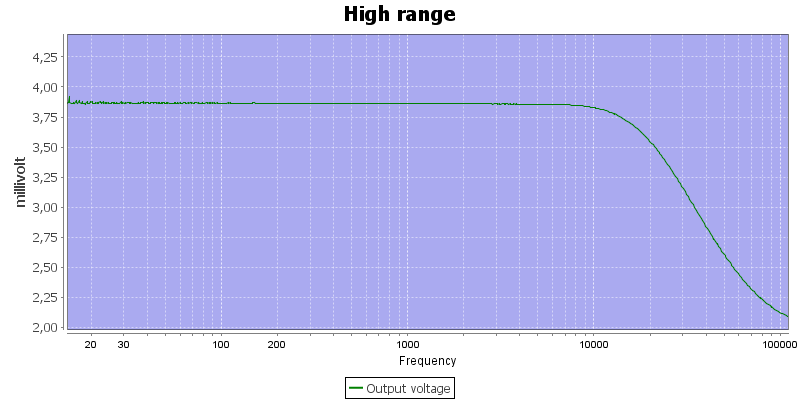

The clamp can be used up to about 10kHz
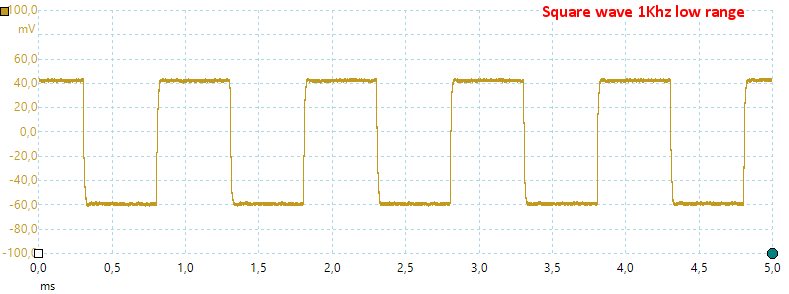
Measuring a current with a oscilloscope, I have used square wave because it is easier to see when frequency is limited.
In this curve there is only a little effect from the bandwidth.
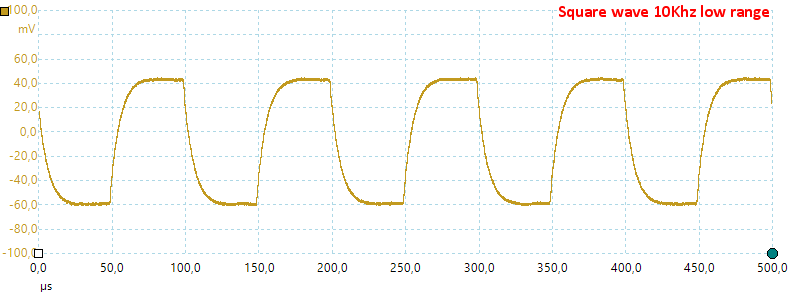
At 10kHz it get more obvious that the raise and fall times are limited.
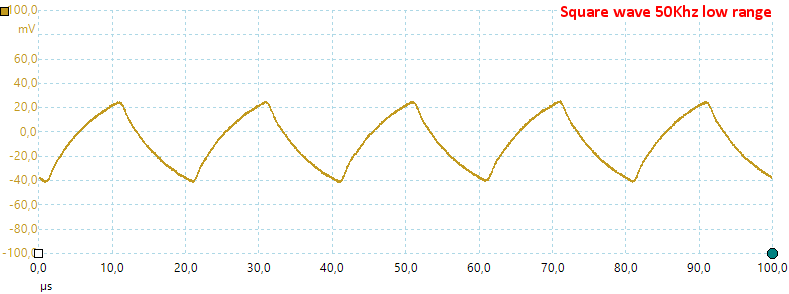
At 50kHz the signal is 50% too low and it is triangular.
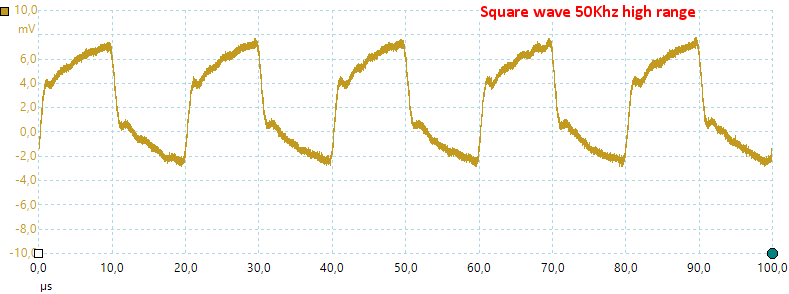
Using the high range is better, maybe because the signal level is lower.
Tear-down
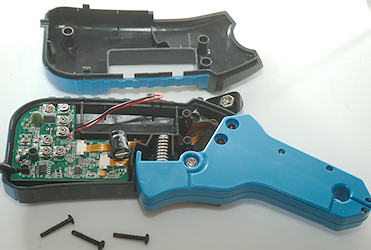
I needed to remove 3 screws to open it.
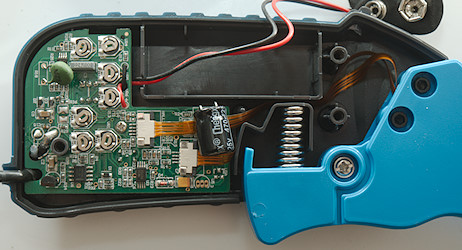
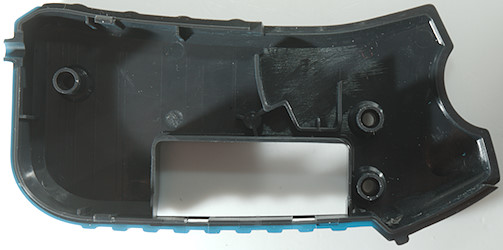
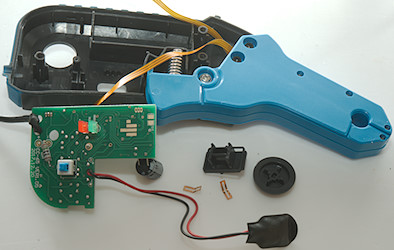
And one screw more to take the circuit board out. I also had to unlock and remove the two cables from the clamp.
The sliders from the on/off switch dropped out.
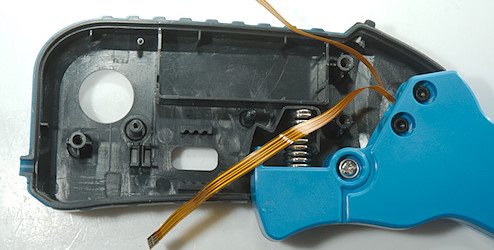
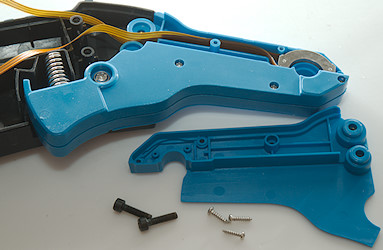
On this clamp meter is is possible to open the clamp, I had to remove 5 screws to open the stationary part.
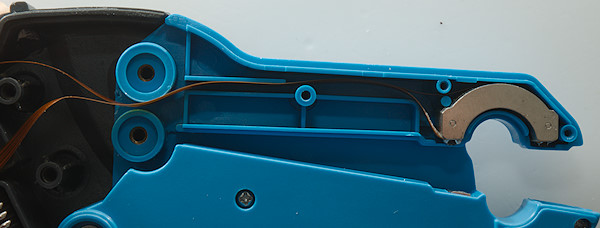
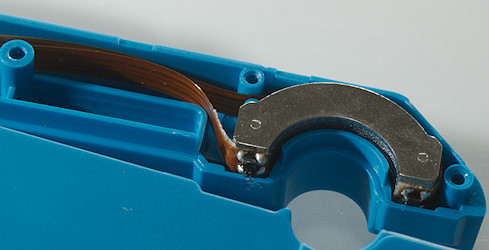
It contains a iron core with hall sensors at both end. The movable part will have a matching iron core, but without any sensor chips.
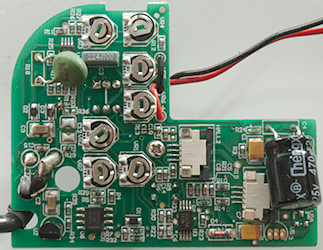
The circuit board contains 7 trimpots and 8 opAmps in 4 chips (U6: TL062C & U1, U3 &U4: 3xTLC272). There is a reference (U2: LM385). There is a chip marked PA01 below the large capacitor.
There is some protection on the output (R18, D2, D3) and the film capacitors C3 is probably used for the zero button together with the OpAmp next to it.
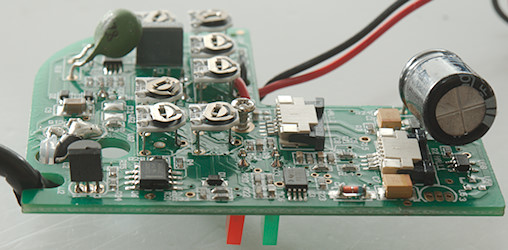
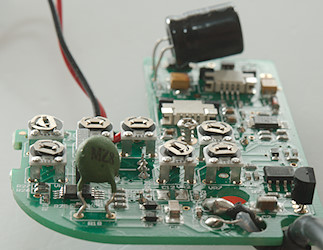
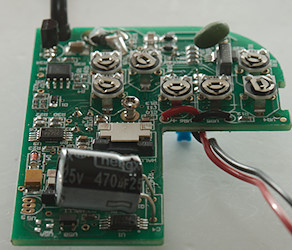
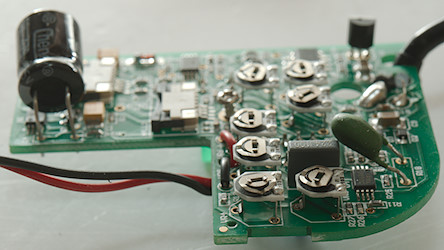
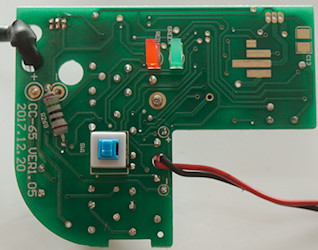
This side of the circuit board has the switches and indicator leds.
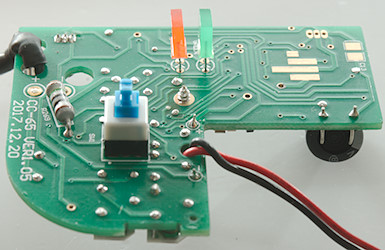
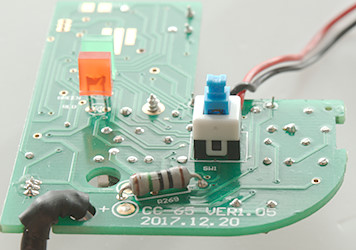
Conclusion
The clamp can be used well below 1Afor measuring, it can be used to detect 10mA, but for real measurement some more current is needed. I had hoped for better performance on the low range. When measuring for some time the current must be large enough that the drift do not spoil the result.
Using it with a oscilloscope can be used to check the waveform and amplitude of current draw, without any significant voltage loss.















































